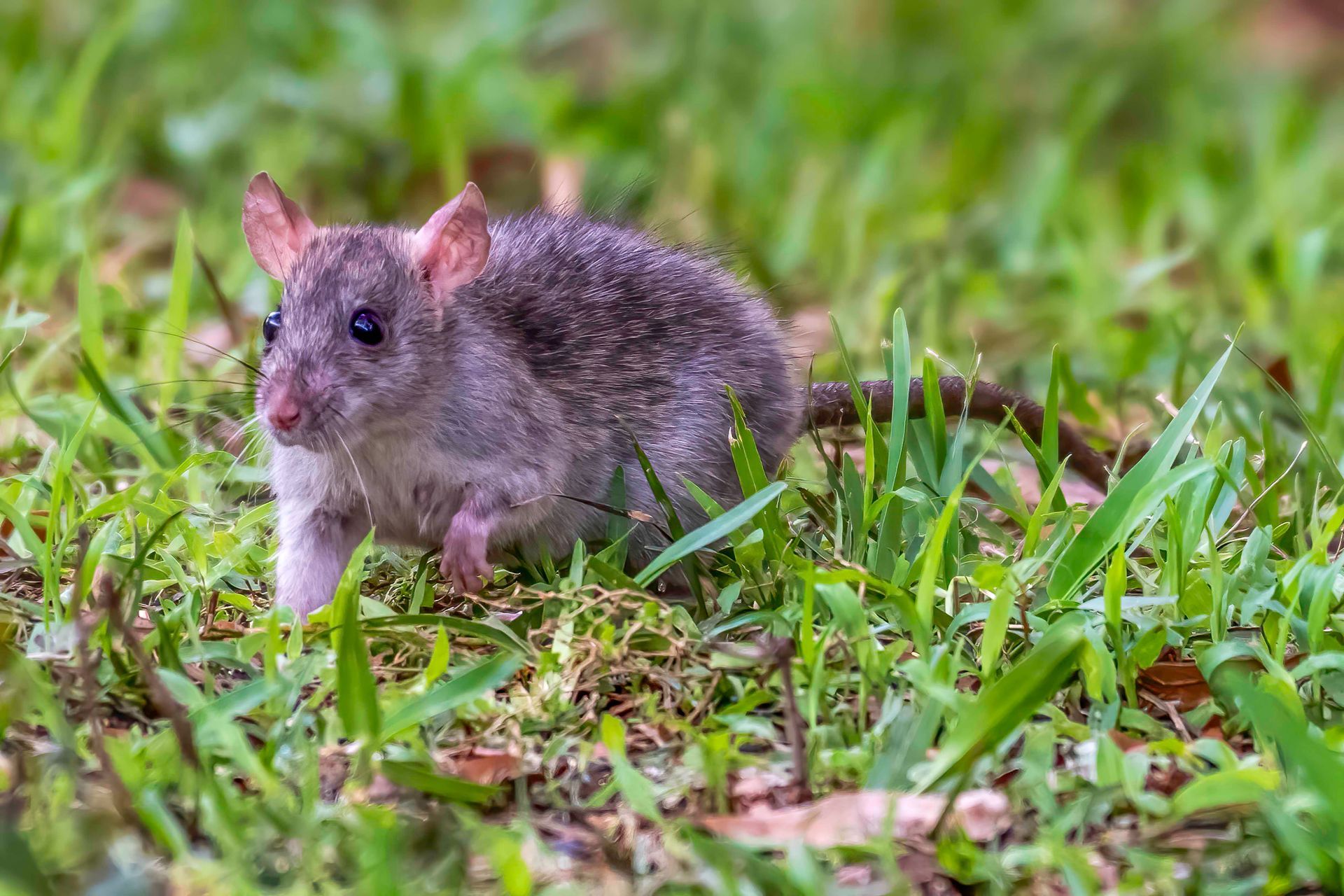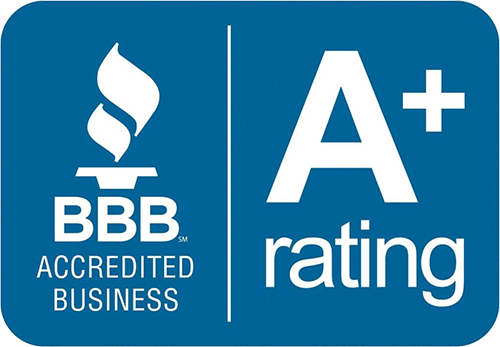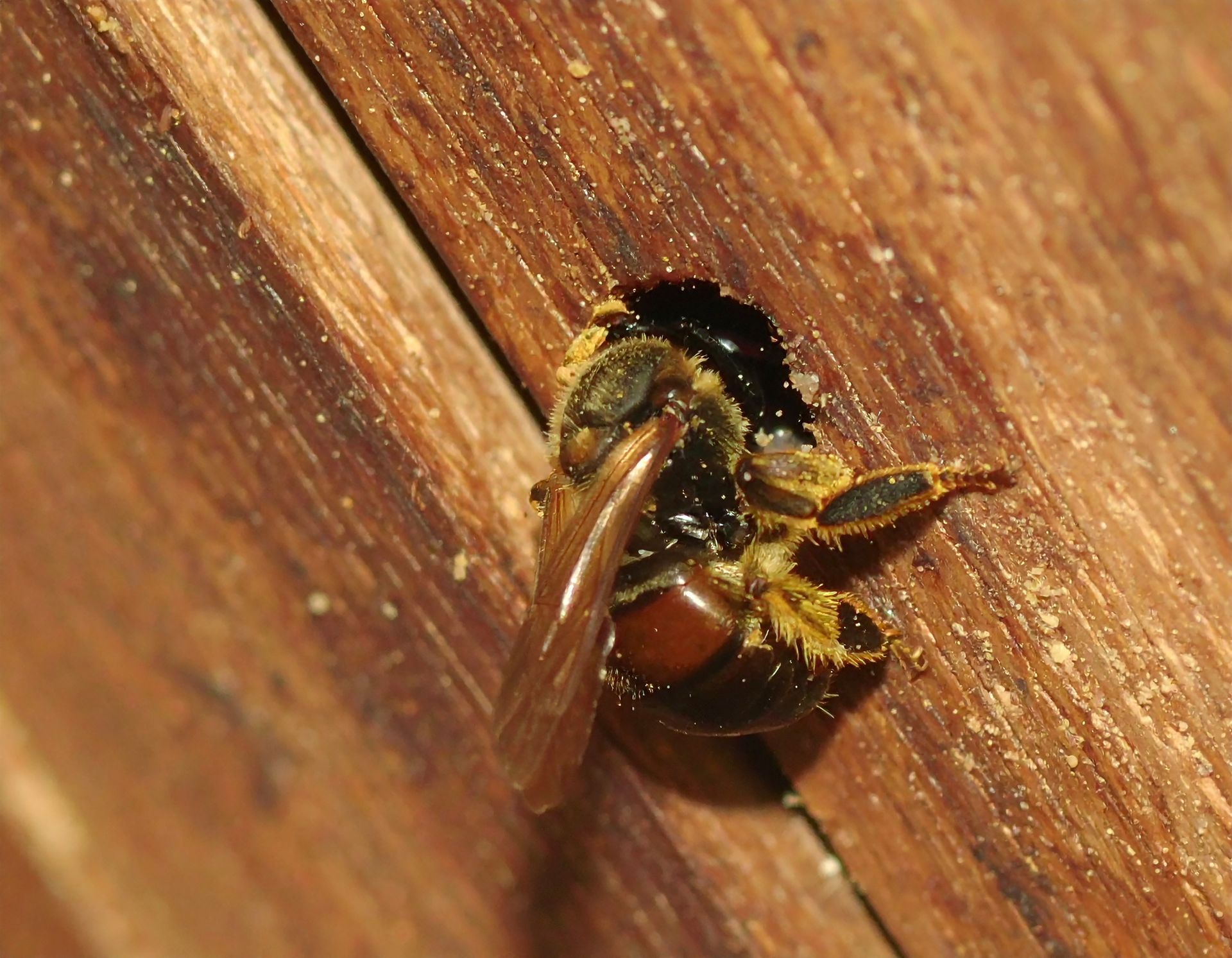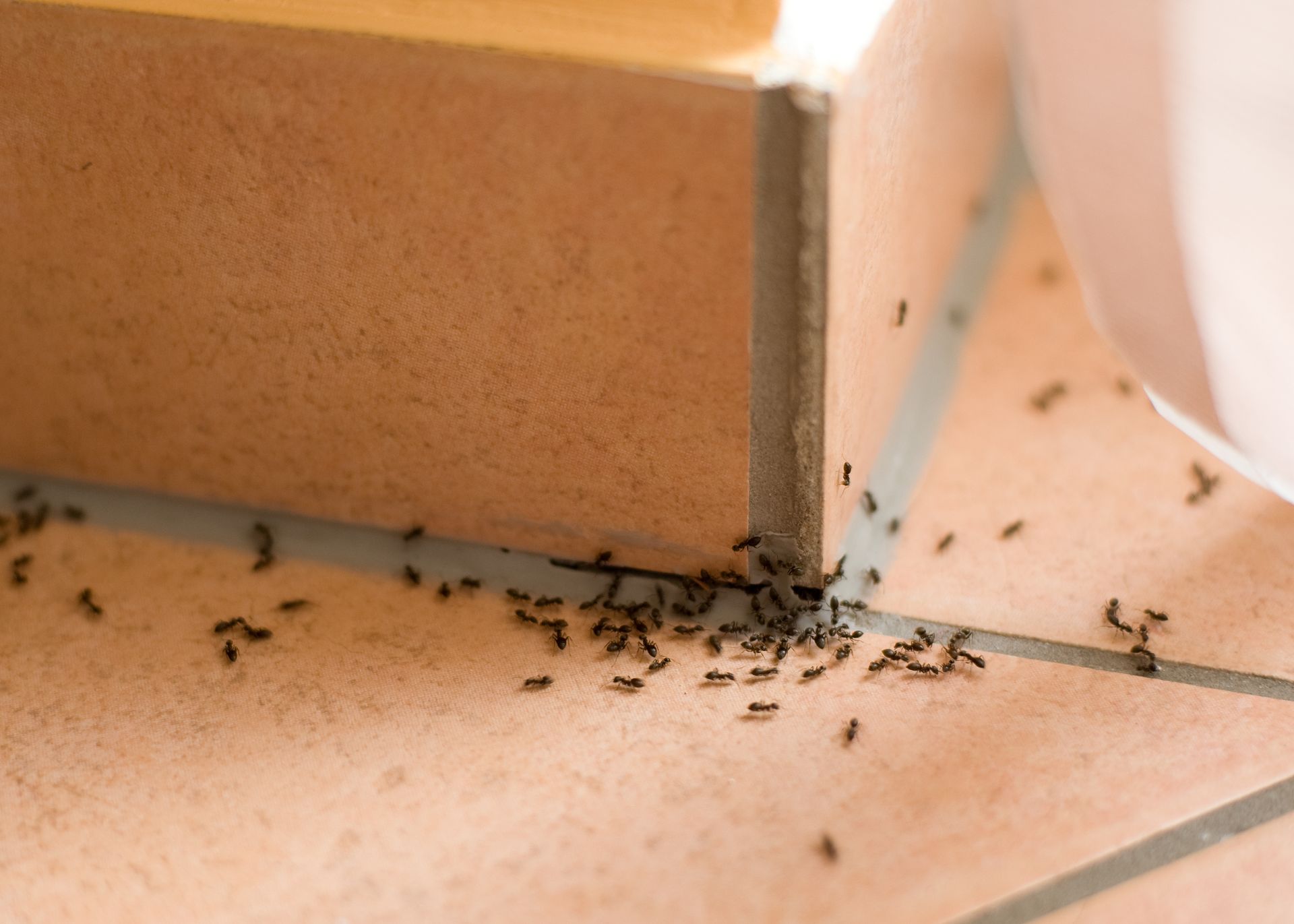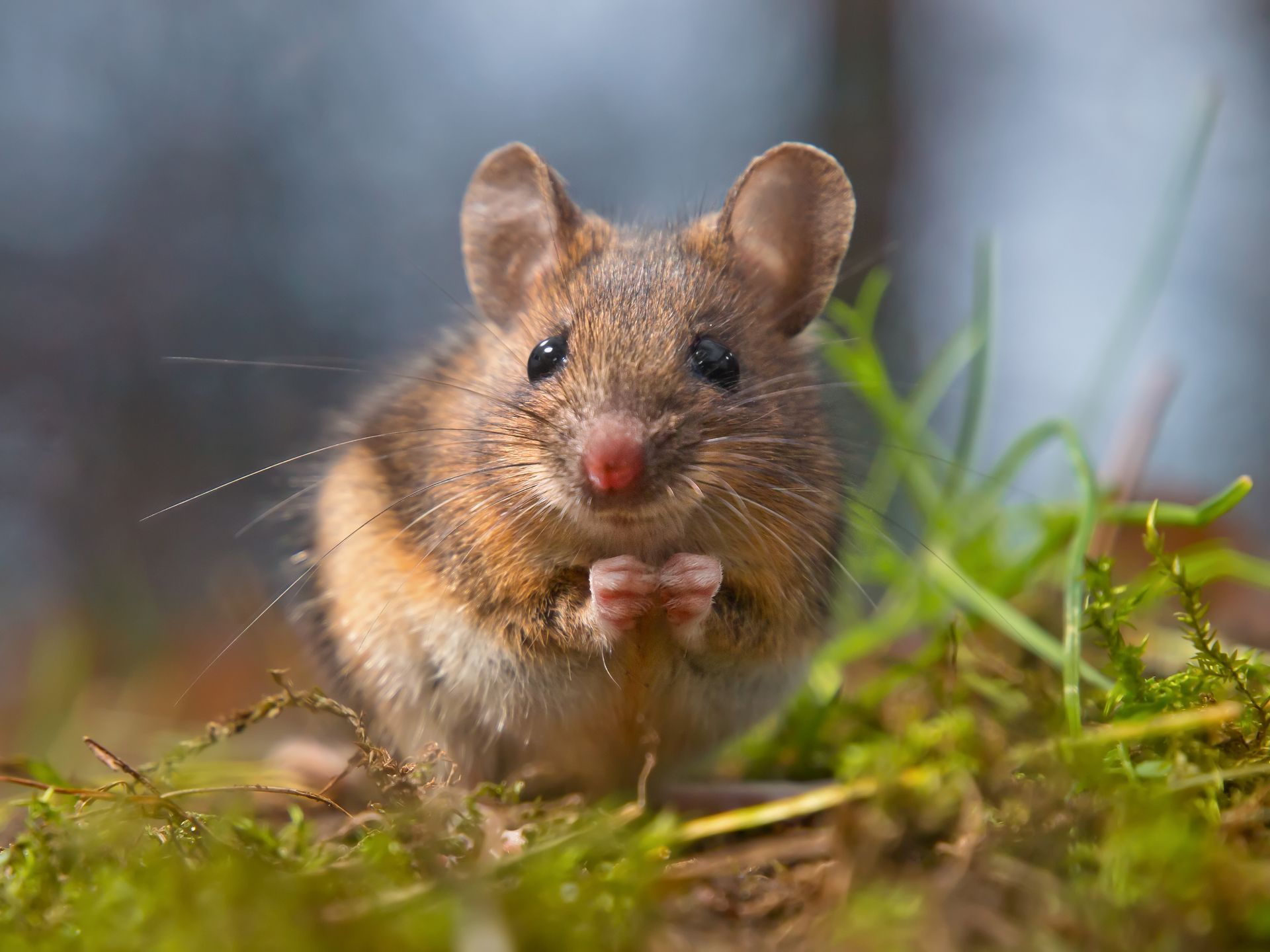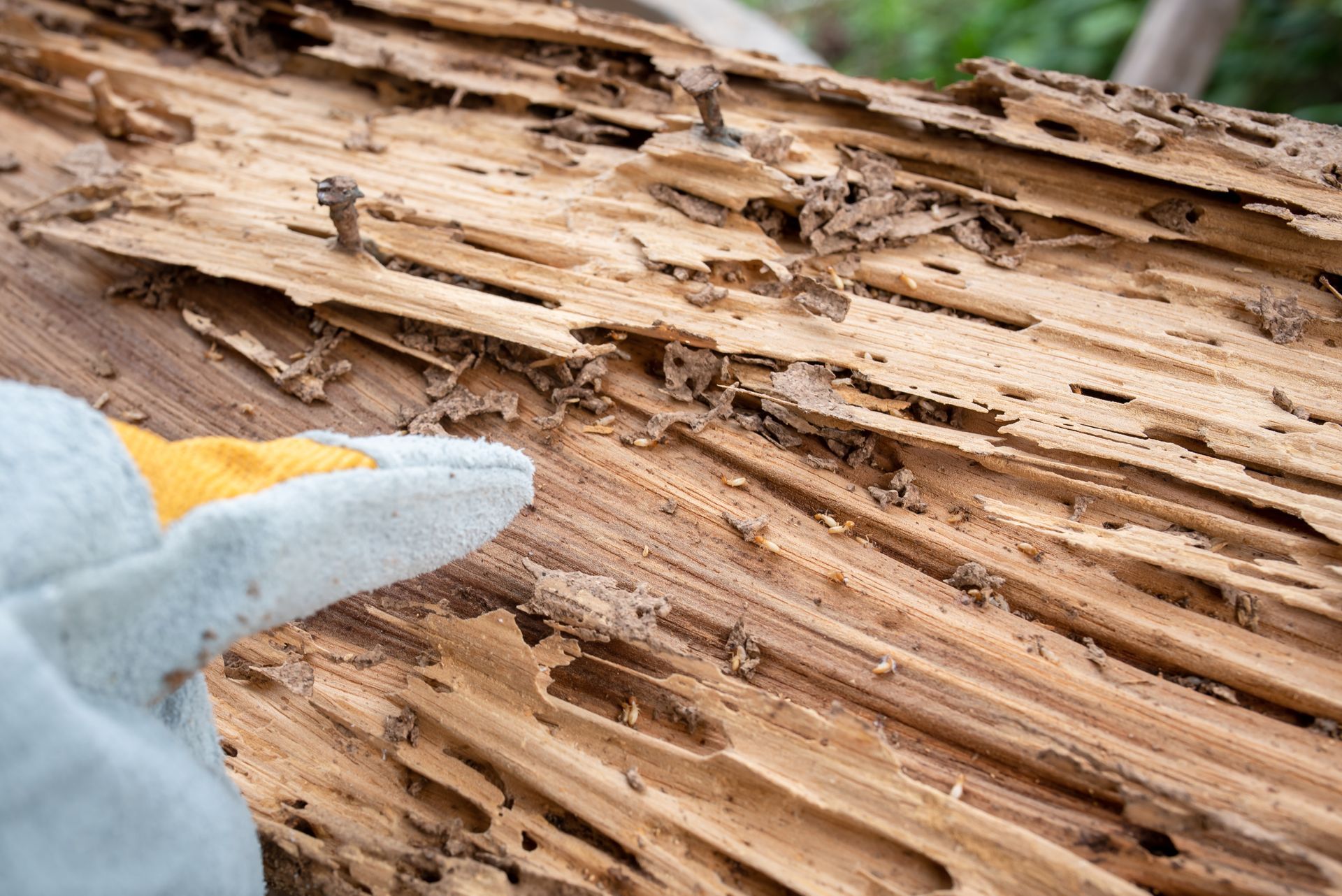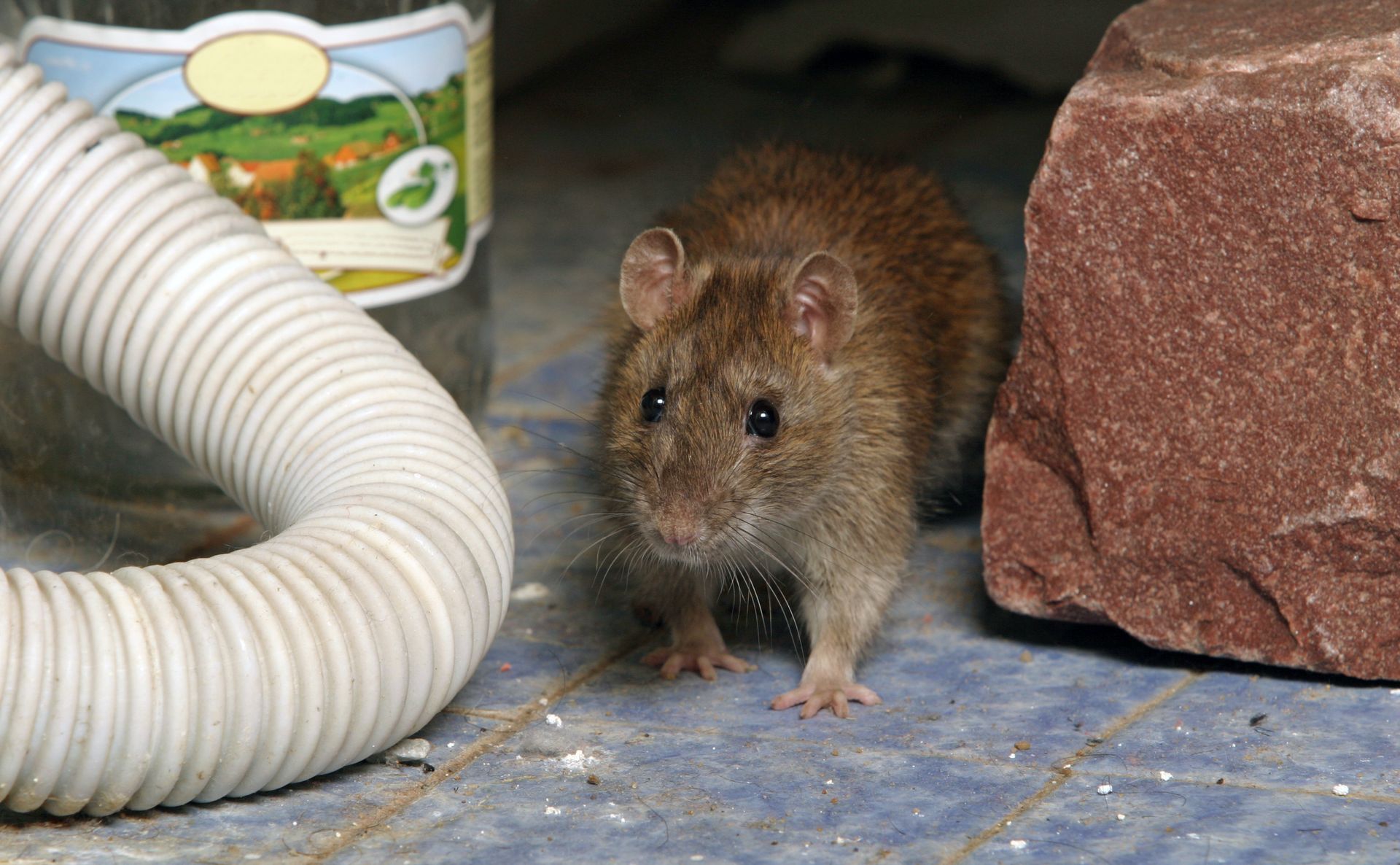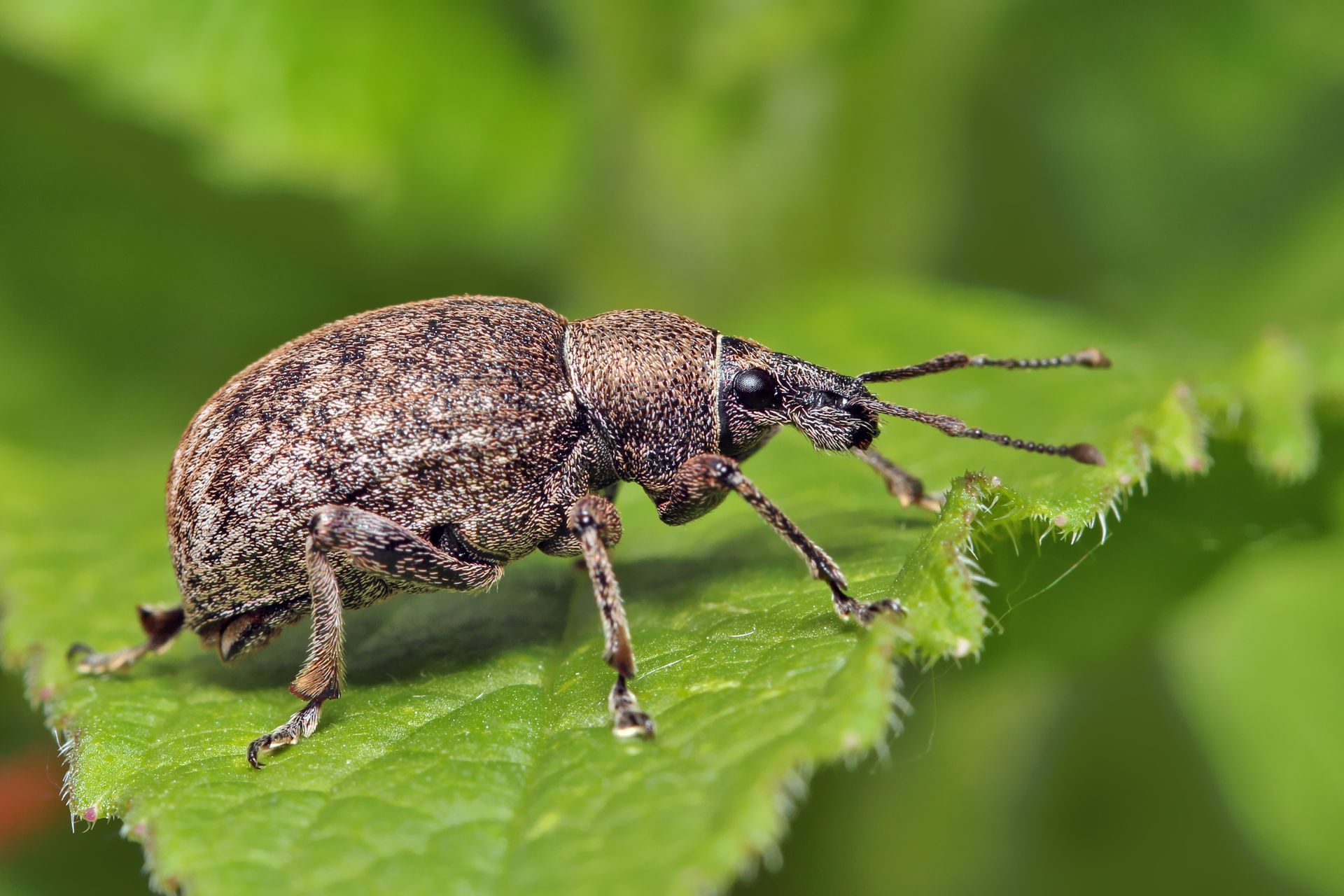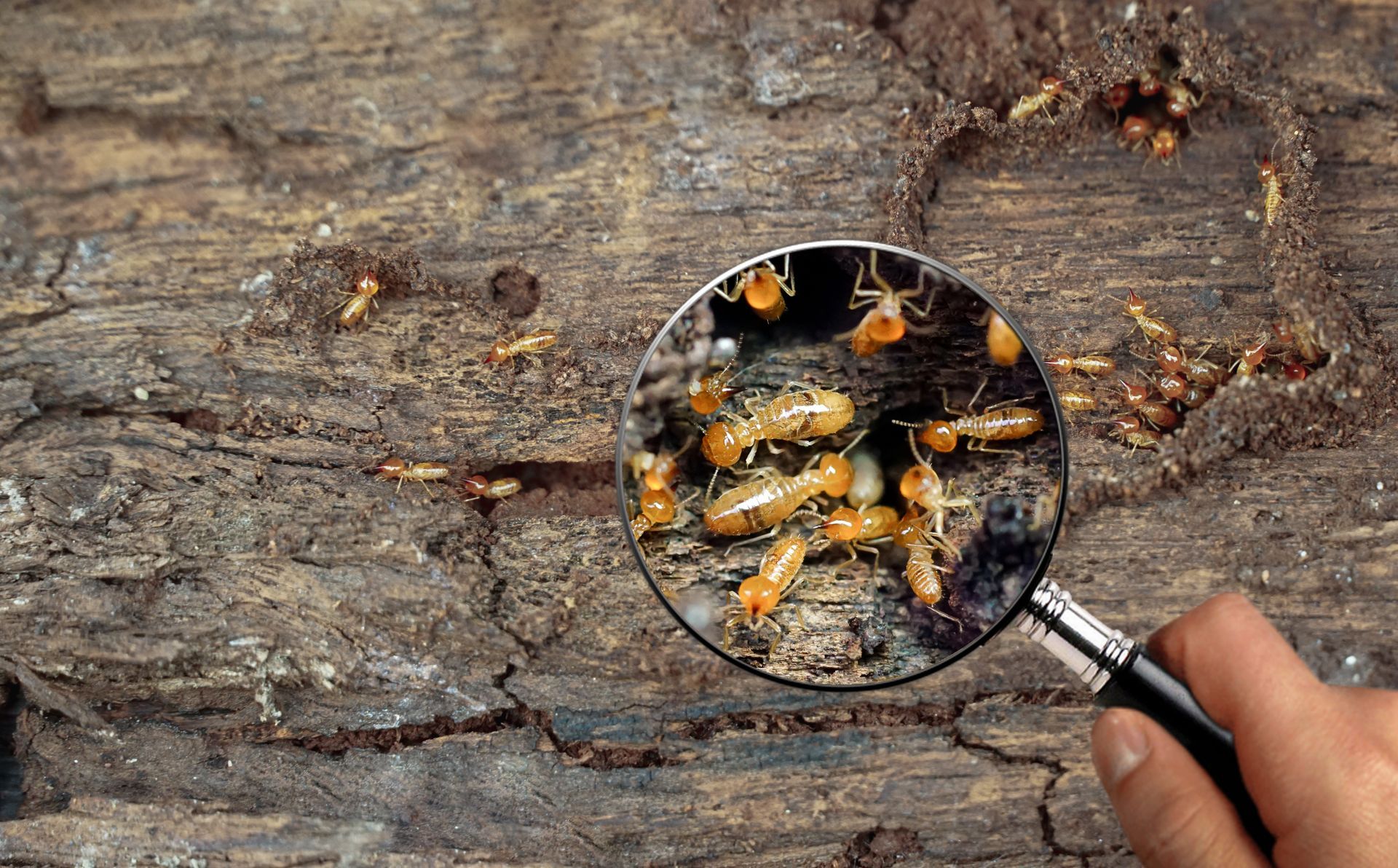How to Deal with a Spider Infestation in Your Attic or Basement
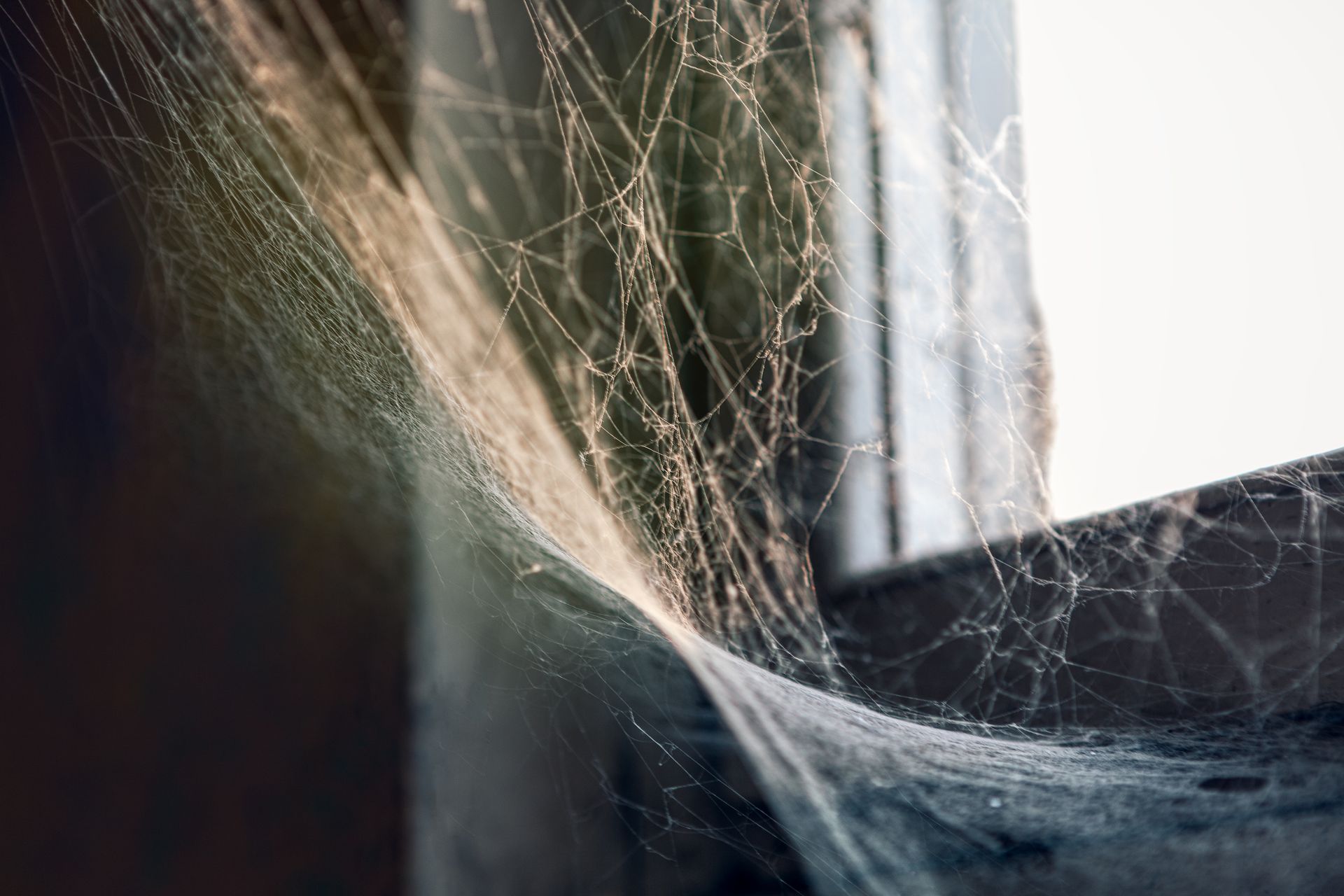
Spiders are one of the most common household pests, and while they play a beneficial role in controlling other insects, their presence in large numbers can become a significant concern for homeowners. Attics and basements, being secluded and less frequently visited areas, are particularly vulnerable to spider infestations. These spaces often provide the quiet, undisturbed environment that spiders seek when establishing webs and laying eggs. Addressing a spider infestation in your attic or basement requires a combination of identification, removal, prevention, and in many cases, professional pest control services.
Understanding Why Spiders Choose Attics and Basements
Spiders are attracted to environments that offer food, shelter, and moisture. Attics and basements naturally meet many of these conditions. These areas are often dark, have limited foot traffic, and contain clutter that provides ideal hiding places. Cardboard boxes, storage bins, and insulation materials give spiders places to hide and create webs.
Basements, in particular, can also be damp, attracting a wide range of other insects such as ants, flies, and silverfish. These insects serve as prey for spiders. Once food sources become available, spiders are more likely to take up residence and reproduce.
Signs of a Spider Infestation
Spider infestations may not always be obvious at first. Many homeowners dismiss the occasional web or spider as harmless. However, when multiple signs appear together, they could indicate an active infestation. Key signs include:
- Numerous spider webs, especially in corners, beams, and storage areas
- Egg sacs attached to walls, ceilings, or objects
- An increased presence of other insects, which serve as spider food
- Frequent spider sightings, especially of larger or more aggressive species
Recognizing these indicators early allows for faster and more effective intervention.
Common Types of Spiders Found in Attics and Basements
While most spiders are harmless, certain species may pose a risk to humans. In the southeastern United States, homeowners may encounter:
House Spiders
These are the most common species found indoors. They build irregular webs in undisturbed corners and are usually not dangerous.
Wolf Spiders
Unlike other spiders, wolf spiders do not build webs. They roam in search of prey. They are fast and intimidating but typically non-aggressive.
Cellar Spiders
Also known as daddy longlegs, these spiders prefer damp areas and are often found in basements. They are not harmful to humans.
Black Widow Spiders
Easily identified by their shiny black body and red hourglass marking, black widow spiders are venomous and prefer dark, secluded spaces. They are more commonly found in basements, crawl spaces, and garages.
Correct identification is essential for determining the severity of the infestation and the appropriate response.
Steps to Remove a Spider Infestation
Dealing with a spider infestation involves more than just removing individual spiders. Effective control includes eliminating their food source, disrupting their habitat, and ensuring they do not return. Below are the recommended steps:
Step 1: Remove Webs and Egg Sacs
Use a broom or vacuum to remove webs and any visible egg sacs. This not only reduces the current population but also discourages new spiders from occupying the same areas. When using a vacuum, dispose of the contents immediately in a sealed plastic bag.
Step 2: Eliminate Other Insects
Spiders follow their prey. If your attic or basement contains other insect infestations, such as flies, ants, or cockroaches, it is important to address these as part of your spider control strategy. A reduction in available food will force spiders to relocate or perish.
Step 3: Declutter and Deep Clean
Spiders prefer to hide in dark, cluttered environments. Remove unnecessary storage, clean behind boxes, and reduce the number of cardboard containers, which can absorb moisture and attract insects. Consider switching to sealed plastic bins for storage.
Step 4: Control Moisture
Moisture control is especially important in basements. Use dehumidifiers and ensure there is proper ventilation. Repair any plumbing leaks and check for signs of water intrusion around windows and foundation walls.
Step 5: Seal Entry Points
Inspect your home for cracks and gaps around windows, doors, vents, and foundations. Seal these openings with caulk or weatherstripping to prevent spiders from entering. Attics should have screens over vents, and any loose siding should be secured.
Long-Term Spider Prevention
Preventing future infestations requires ongoing effort and maintenance. The following practices can reduce the likelihood of spiders returning:
- Keep attics and basements well-lit and ventilated
- Store items off the floor and away from walls
- Regularly inspect for signs of insect activity
- Trim vegetation away from your home’s exterior
- Avoid leaving exterior lights on unnecessarily, as they attract insects that spiders feed on
Conducting seasonal inspections and addressing any issues promptly will help maintain a spider-free environment.
When to Call a Professional Exterminator
While some homeowners may be able to manage minor infestations on their own, professional intervention is often necessary in the following cases:
- The presence of venomous spiders such as the black widow
- Recurrent infestations despite cleaning and sealing efforts
- Concerns about health and safety for family members or pets
- A general desire for peace of mind and long-term prevention
Killo Exterminating Co., Inc. offers comprehensive pest control solutions tailored to your home’s unique needs. Our experienced technicians are trained to identify spider species, locate nesting sites, and apply safe and effective treatments to remove the infestation completely. We also offer ongoing maintenance services to ensure your home remains pest-free throughout the year.
Why Choose Killo Exterminating Co., Inc.
With decades of experience serving homeowners in North Carolina and beyond, Killo Exterminating Co., Inc. combines expert knowledge with exceptional customer service. We understand the distress a spider infestation can cause, and we work efficiently to restore comfort and safety to your home.
Our services include:
- Detailed pest inspections
- Environmentally responsible treatments
- Ongoing pest management plans
Customer satisfaction and safety are our top priorities. We take the time to assess your property, explain your options, and deliver results you can trust.
